Gibb River Road: Everything you need to know
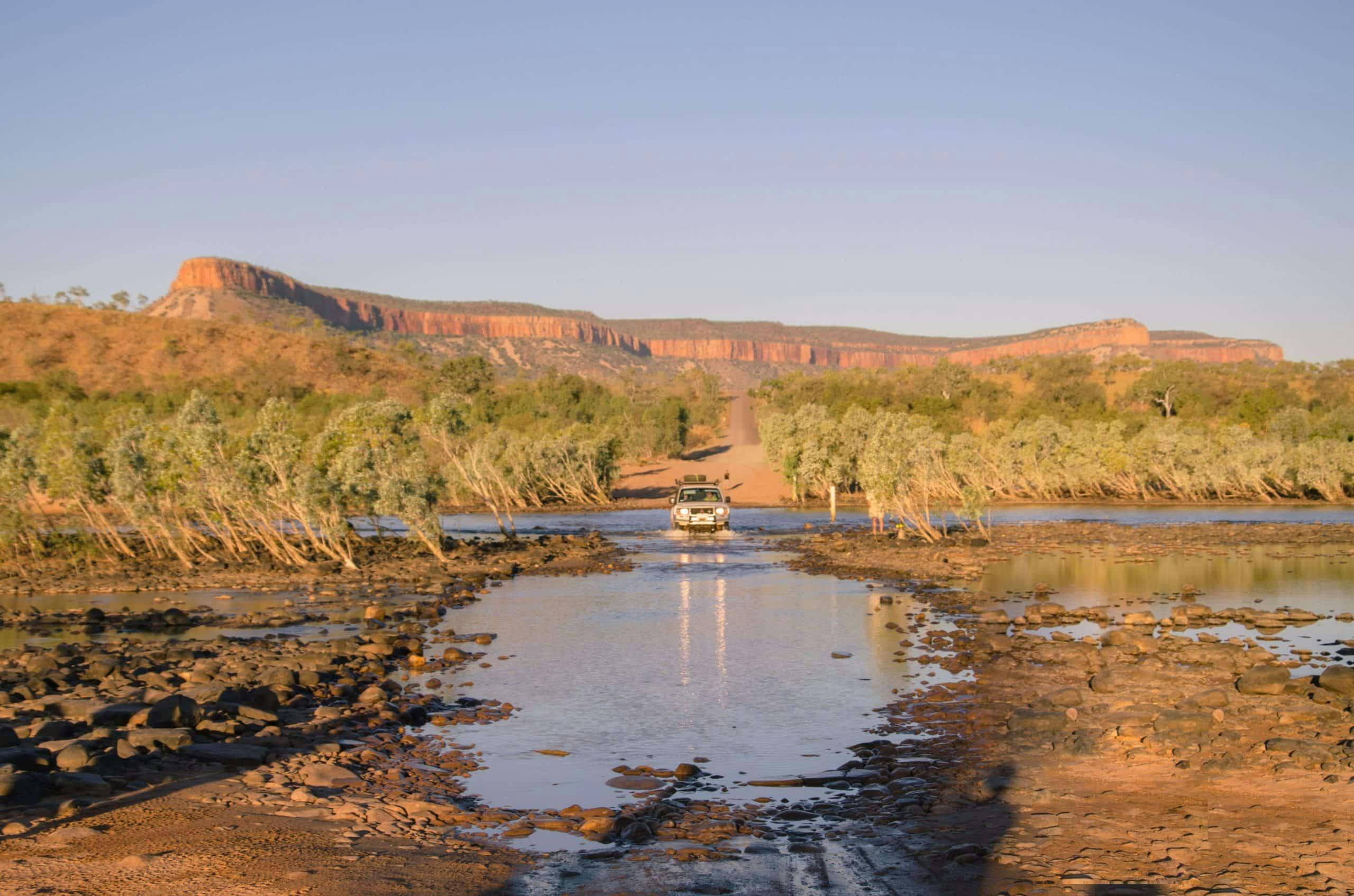
It’s a remote paradise filled with pristine gorges and cascading waterfalls, pindan-red dirt roads, ancient boabs, and rock art sites, and it’s well worth the long trek north.
At the heart of the Kimberley lies a 660km-long dirt track known as the Gibb River Road, taking you from Derby in the West Kimberley to Kununurra in the East and considered to be one of Australia’s greatest road trips.
While the road itself winds through the picturesque Napier, Wunaamin-Miliwundi and Cockburn Ranges and crosses through countless creeks, it’s the hidden gems that are (often) a short detour off the road, like incredible swimming spots with crystal clear water and pandanus lined gorges, that are the main attraction.

What is it?
The 660km unsealed road was first established as a way to transfer cattle from the outback Kimberley stations to the towns of Wyndham and Derby and it’s now described as one of Australia’s ‘greatest 4WD adventures’.
Where is it?
If you’re headed north from Perth, you’ll find the start of the iconic Gibb River Road east from the town of Derby. The unsealed road travels through this vast untouched wilderness, passes national parks and cattle stations (keep an eye out for Brahman cattle that stray onto the road) to the East Kimberley, ending not far from Kununurra.
What to do:
Swim, hike and camp! Pack your swags for the ultimate adventure and allow at least a week or two at a minimum to explore everything the Gibb has to offer, which includes (from west to east):
Dimalurru (Tunnel Creek) and Bandilngan (Windjana Gorge):
Dimalurru (Tunnel Creek), an impressive 750m long underground tunnel that is WA’s oldest cave system, and nearby Bandilngan (Windjana Gorge), the limestone remains of an ancient barrier reef system, are both found in the Napier Range, close to the start/end of the Gibb River Road near Derby. It’s worth the short detour to check out these amazing sites, both of which are culturally important to the Bunuba people.

Mt Hart Wilderness Lodge:
Located in the Wunaamin Conservation Park, Mt Hart is home to Annie Creek Gorge and Mt Matthew Gorge and offers an “authentic homestead experience’ with a bar, accommodation, and campsites available.
Lennard Gorge:
Also located in the Wunaamin Miliwundi Ranges, it’s one of the lesser visited gorges along the Gibb and best visited at the start of the season when you’re most likely to see the waterfall flowing (no swimming here and check for access road closures before you go).
Dalmanyi (Bell Gorge):
A short one kilometre walk leads you to the top of this impressive waterfall where you can swim right up to the edge of the natural infinity pool. Clamber down to the lower falls and soak up the views of the horseshoe shaped gorge and cascading waterfall – you’ll soon see why this is one of the most popular spots along the Gibb! Silent Grove campground is located near Bell Gorge and bookings for campsites can be made online up to 180 days in advance.
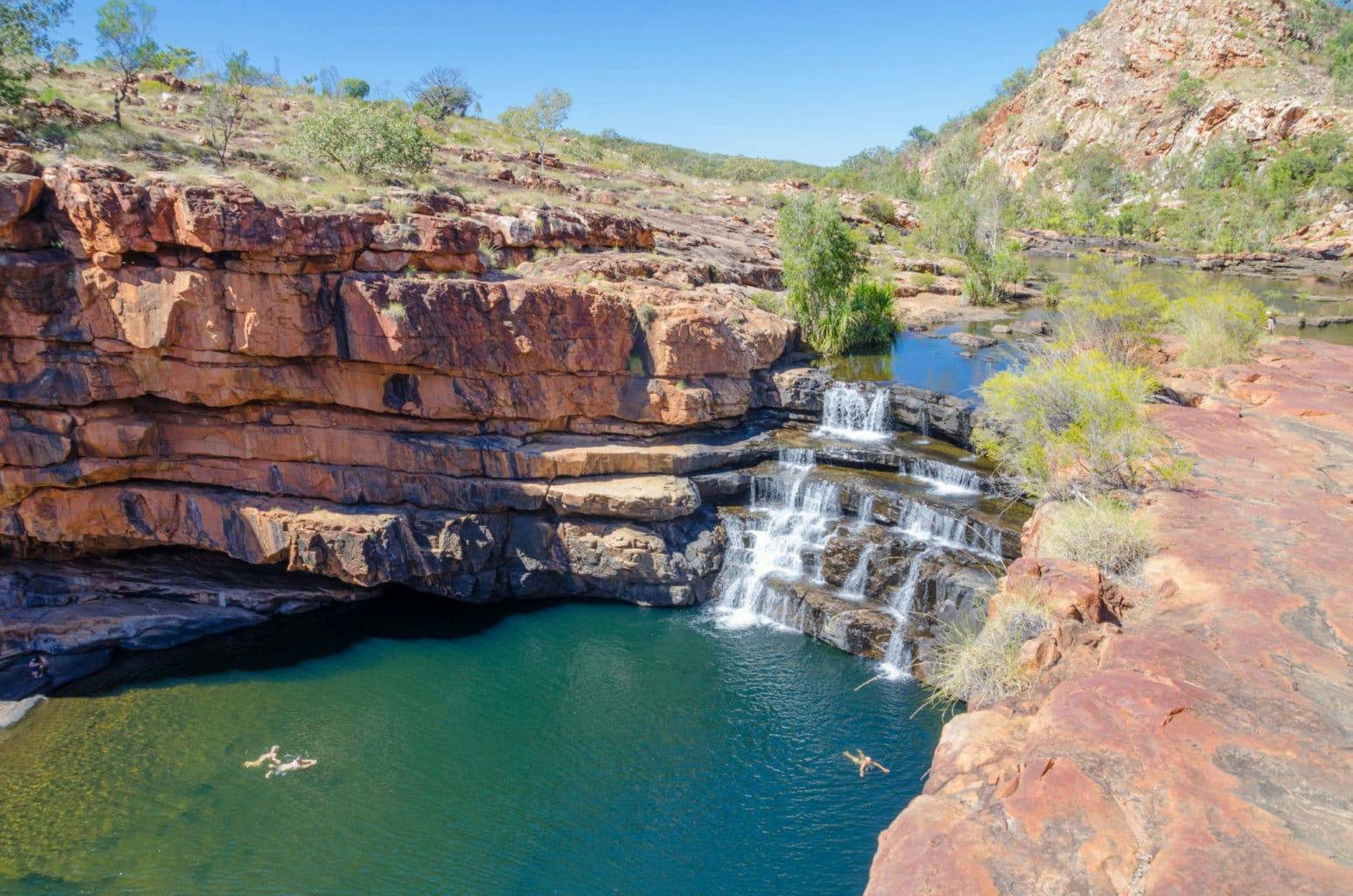
Imintji:
Not just a stop for fuel and supplies, there’s a great campground next door as well as Imintji Art Centre which offers a range of arts and crafts.
Mornington Wilderness Sanctuary:
Owned and managed by the Australian Wildlife Conservancy, Mornington offers a range of things to do: from hiking and exploring Sir John Gorge to canoeing the impressive Dimond Gorge (canoe hire available) as well as a range of guided and self-guided tours. The sanctuary is home to a range of wildlife and hundreds of different bird species, including a number of birds that are nationally threatened. Accommodation is available (unpowered sites and safari tents) with proceeds going to the conservation of wildlife in the Kimberley. Book ahead if you want to stay here as there are limited numbers allowed in and you’ll need to use the radio booth located about 100 metres off the Gibb River Road, on the road to Mornington, to notify staff of your arrival.
Adcock Gorge:
This little spot is only a 5km drive off the Gibb River Road; turn left at the fork in the road, then a short, rocky walk from the car park takes you to a beautiful, shaded pool. At the start of the season you might be lucky enough to see the waterfall flowing. Adcock is usually quiet compared to the other gorges along the Gibb River Road and it’s often one of the few spots that you’ll be lucky enough to have to yourselves.
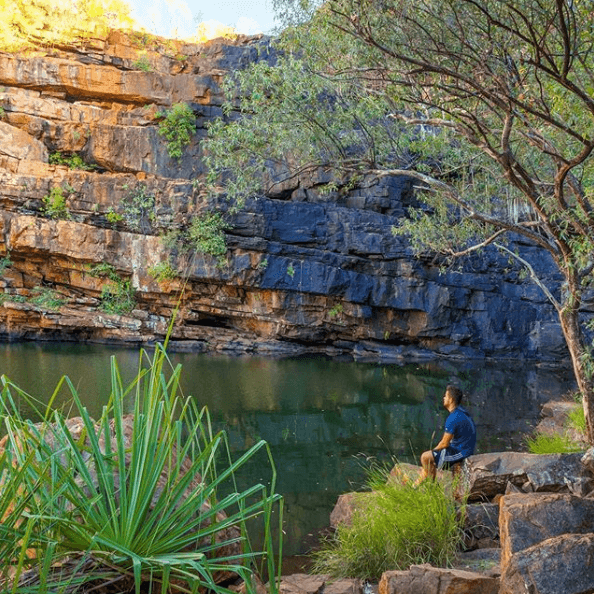
Galvans Gorge:
Galvans is one of the most accessible gorges in the Kimberley. This picturesque little waterfall is only a 750 metre walk down an easy trail that leads you alongside lily-filled ponds to the gorge which is complete with aboriginal art as well as a boab at the top of the waterfall. Galvans is not far (less than 30 minutes) from Mt Barnett Roadhouse/Manning Gorge Campground, making it a great day trip if you’re camping there.
Manning Gorge & Mt Barnett Roadhouse:
Located about halfway along the Gibb you’ll find Manning Gorge with a stunning cascading waterfall.Access to Manning Gorge is included with Mt Barnett campground fees and the campground is only a few minutes walk to the sandy banks of the Manning River. Mt Barnett Roadhouse is open daily in the dry season for fuel, food and supplies, as well as to purchase your entrance fees or camping permits for Manning Gorge.
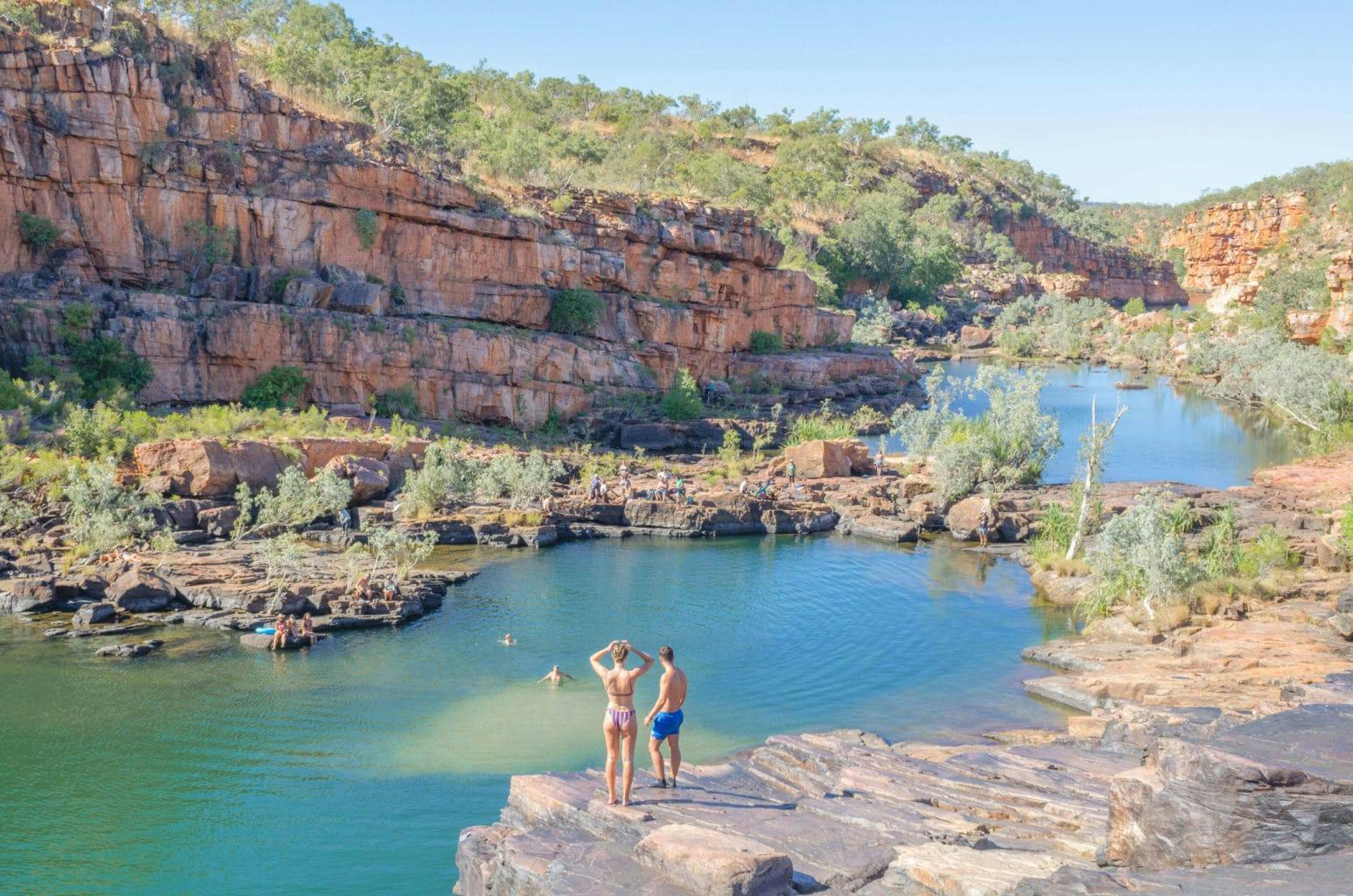
Mt Elizabeth Station:
There’s plenty to do at Mt Elizabeth: hike, swim and explore impressive gorges, view incredible rock art galleries and tackle 4WD tracks. Enjoy floating away at Warla Gorge with its white sandy ‘beaches’ along the riverbank or head out on a challenging 4WD track to Wunnamurra Gorge. For those wanting more 4WD adventure you can access the Munja track from Mt Elizabeth giving you access to the Walcott Inlet, Bachsten Campground and the Kimberley Coast.
Home Valley Station:
Home Valley is now an indigenous owned station and is proudly managed by the Balanggarra people. Home Valley offers tours to learn about Balanggarra country and culture from the Traditional Custodians as well as a range of accommodation options. Currently, tours can only be booked onsite at reception and limited places are available. Offering an authentic Kimberley experience, Home Valley has a range of accommodation suites and rooms, two campgrounds, a swimming pool, conference facilities, a general store and Dusty Bar and Grill with meals featuring Indigenous-inspired ingredients.
Punamii-Uunpuu (Mitchell Falls):
A worthwhile detour off the Gibb River Road, Mitchell Falls (Punamii-Uunpuu) is a stunning four-tiered waterfall accessed via Kalumburu Road and the Mitchell Plateau Track. Permits to the area are now needed and should be organised online before travelling. Before tackling the rough track to Mitchell Falls you can store off-road trailers at Drysdale River Station (which also has fuel, supplies, tyres, campsites and tours to Mitchell Falls). Be sure to check out some of the incredible rock art sites in the area.
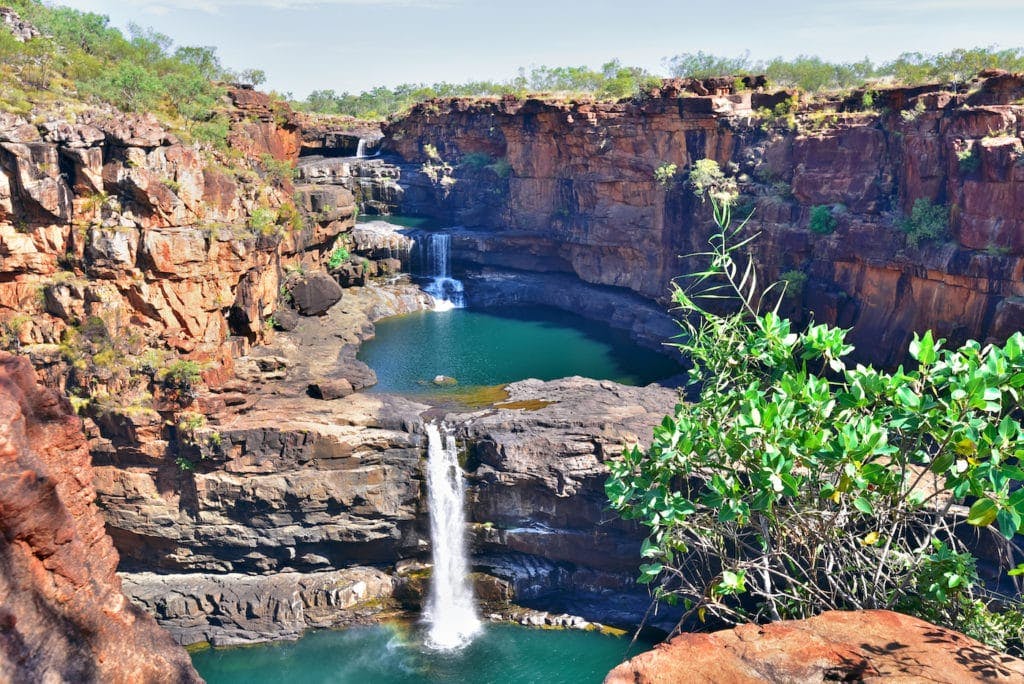
Ellenbrae Station:
While primarily a cattle-station, Ellenbrae has become well-known along the Gibb River Road for their delicious scones. Pop in for a cuppa and a scone, or stay the night with accommodation (campground and cabins) available.
Home Valley Station:
Home Valley is now an indigenous owned station and offers a range of tours, bushwalks and accommodation and camping options. Catch a barra on a fishing tour or soak up the views on a sunset tour as you watch the last of the golden light on the Cockburn Ranges.
El Questro:
El Questro Wilderness Park is located at the eastern end of the Gibb River Road. There’s no shortage of gorges to visit and things to do including soaking in thermal pools at Zebedee Springs, swimming at Emma Gorge, helicopter tours to remote waterfalls, as well as a boat cruise down Chamberlain Gorge.
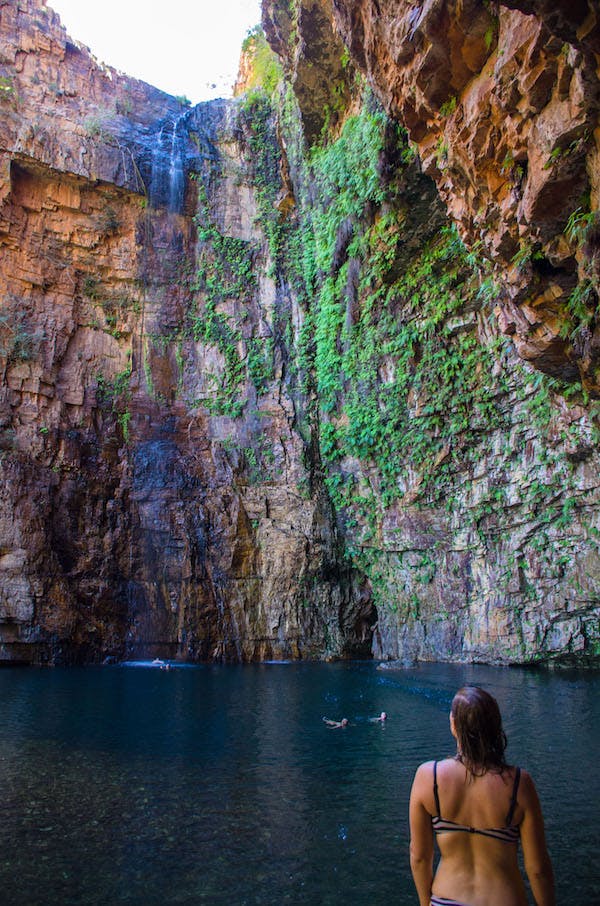
Book ahead:
It can get busy along the Gibb during peak season and it’s worthwhile, and advised, to book ahead whenever you can. Accommodation ranges from luxurious suites and cliff side retreats at El Questro, to campsites at stations and national parks. While the are apps showing where to free camp along the Gibb, the road passes through private properties and camping is officially restricted to designated campgrounds. Don’t forget to bring cash for park fees, and your WA Parks Pass, if you have one (which can be used for Bell Gorge, Lennard Gorge, Tunnel Creek and Windjana Gorge).
Drive Safe:
Drive to conditions, adjust tyre pressures as needed, keep your headlights on when it’s dusty or when passing and don’t travel too close to the vehicle in front (your 4WD’s air filters will appreciate it too!). The road can be rough going and heavily corrugated but road conditions vary from year to year (and it also depends on how recently the road has been graded). Pack some spare tyres (and a puncture kit). If you’re having any trouble, pop in to see Neville from Over the Range Tyre and Mechanics for tyres and minor repairs, located about 30kms from Mt Barnett Roadhouse.
What not to do:
Come unprepared:
Make sure you stock up with plenty of water, food and fuel before you leave Broome, Derby or Kununurra as there are limited options along the Gibb. You can find fuel and supplies at Imintji, Mt Barnett Roadhouse, Gibb River Station, Drysdale River Station and El Questro. Make sure your vehicle or off-road trailer can survive the rough, corrugated unsealed road.Pack sunscreen, insect repellent and take your rubbish with you to help keep this pristine landscape remain this way. Carry plenty of water and avoid hiking in the heat.
Take any risks:
When it comes to swimming, jumping and diving – you’re a very long way from help. Check if you’re unsure if it’s safe to swim (Kimberley waterways can be home to salt-water crocodiles).

Anything else?
Know your seasons:
Wet season: typically November to April, expect hot, humid days, monsoonal rain and occasional cyclones.
Dry Season: typically between May and October, days are warm and nights are cool. Compared to the cold and wet winter weather here in Perth, it’s the perfect time to head north for a second summer! Peak tourist season in the Kimberley is around June-August.
Inaccessible during the wet season, the Gibb River Road is usually open between April – November. Check in with the Derby or Kununurra visitor centres before you go for season opening dates and road closures as the opening dates for the Gibb River Road varies from year to year.
Rock art sites:
The Kimberley is rich in Aboriginal culture and home to incredible rock art galleries with recent studies dating Gwion style paintings in the Drysdale River and King George River areas to being over 12,000 years old. Keep an eye out for Gwion style rock art on the gorge walls at Manning Gorge, and Wandjina rock art at Galvans Gorge. There are two sites close to Munurru (King Edward River) on the way to Punamii-Uunpuu (Mitchell Falls) that have incredible Gwion and Wandjina rock art as well as a number of sites at Mt Elizabeth Station. Book in at Munurru for a rock art tour with traditional owners.
Be Crocwise:
The Kimberley is home to both estuarine (saltwater) and freshwater crocodiles (also known as ‘freshies’). While freshwater crocodiles are relatively harmless, saltwater crocodiles aren’t, so it’s important to know where it’s safe to swim and which waterways to keep away from. Some of the most popular swimming spots along the Gibb River Road that are safe to swim (and salt-water croc-free) include: Bell Gorge (above and below the falls), Manning Gorge, Galvans Gorge, as well as Emma Gorge, El Questro Gorge and Zebedee Springs at El Questro. Always check if you’re not sure before entering the water.
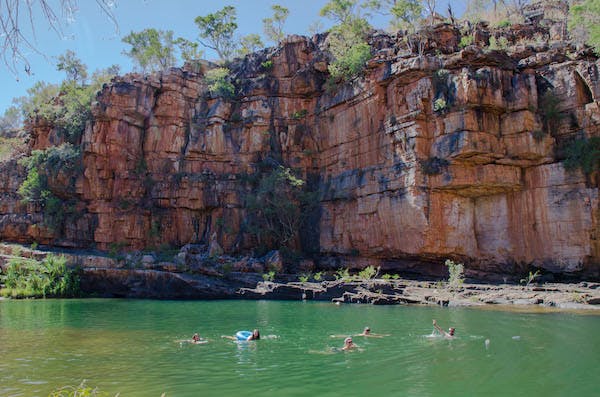
Mobile coverage:
While coverage along the Gibb has considerably improved over the last 10 years, you’ll find it’s still very limited. You should be able to pick up coverage at some spots along the Gibb (such as Optus at Imintji and Telstra at Home Valley Station). Though the Gibb River Road is getting busier every year, pack as you usually would for any remote trip (e.g. first aid kit, satellite phone etc.).
More photos:
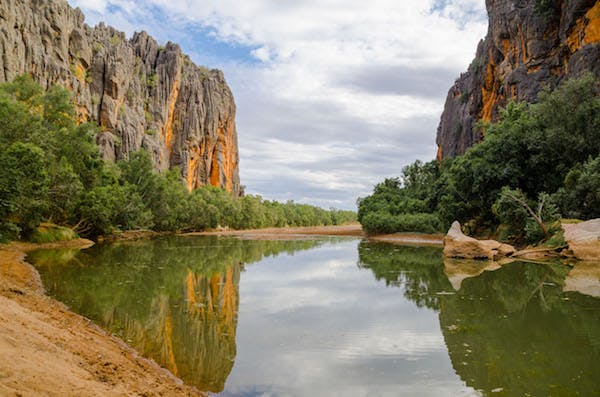
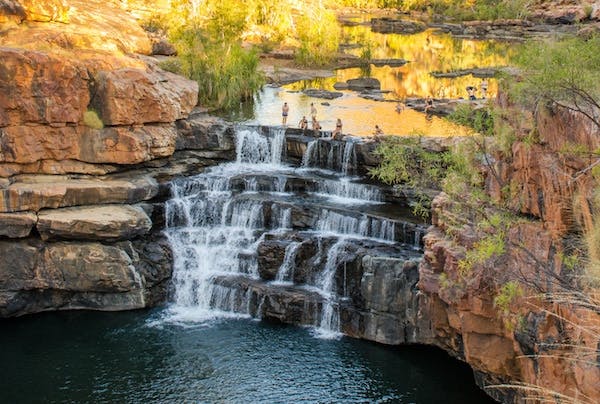
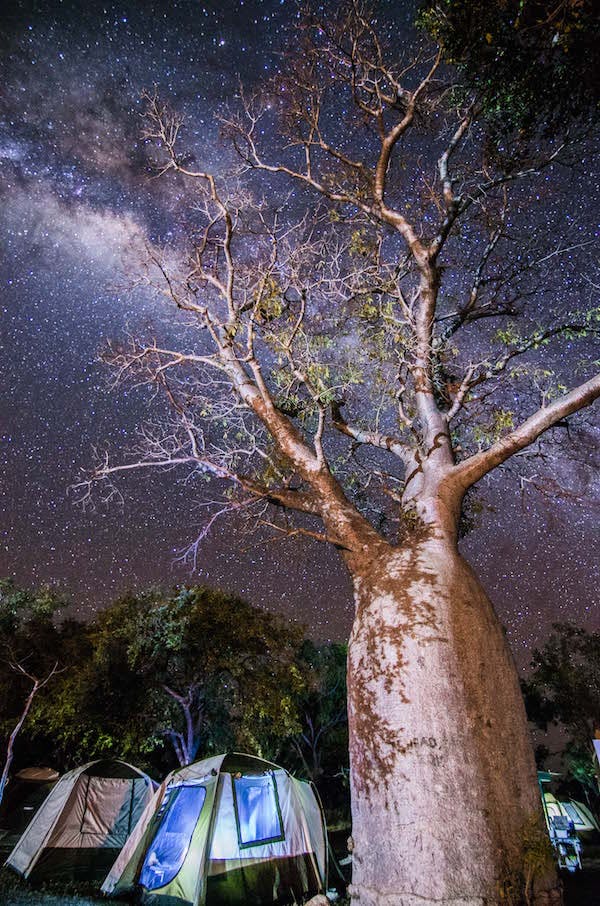
Subscribe to our free newsletter!
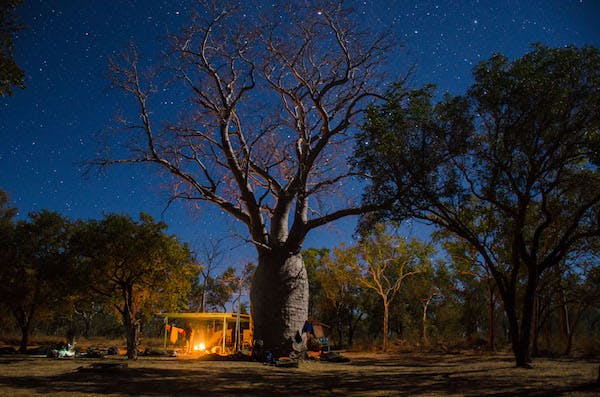
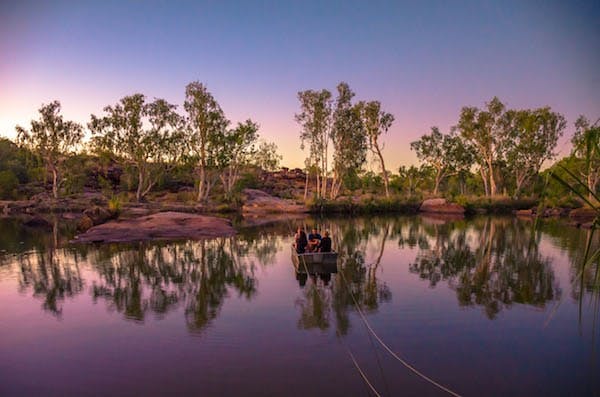
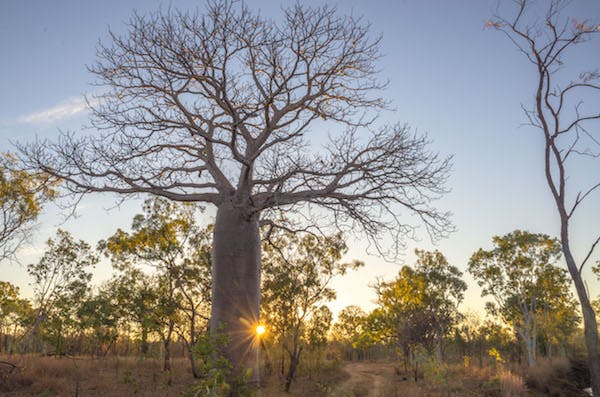
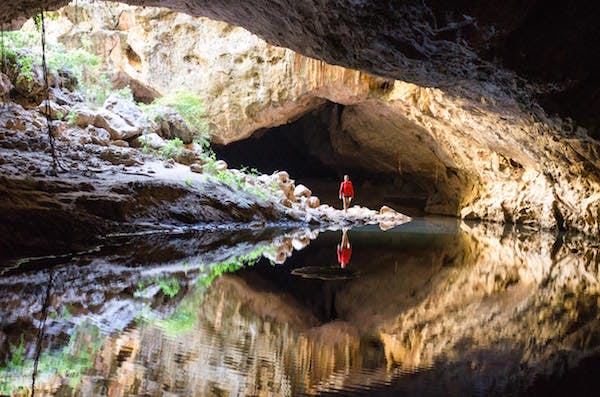
Image Credit: Alex Pantazis